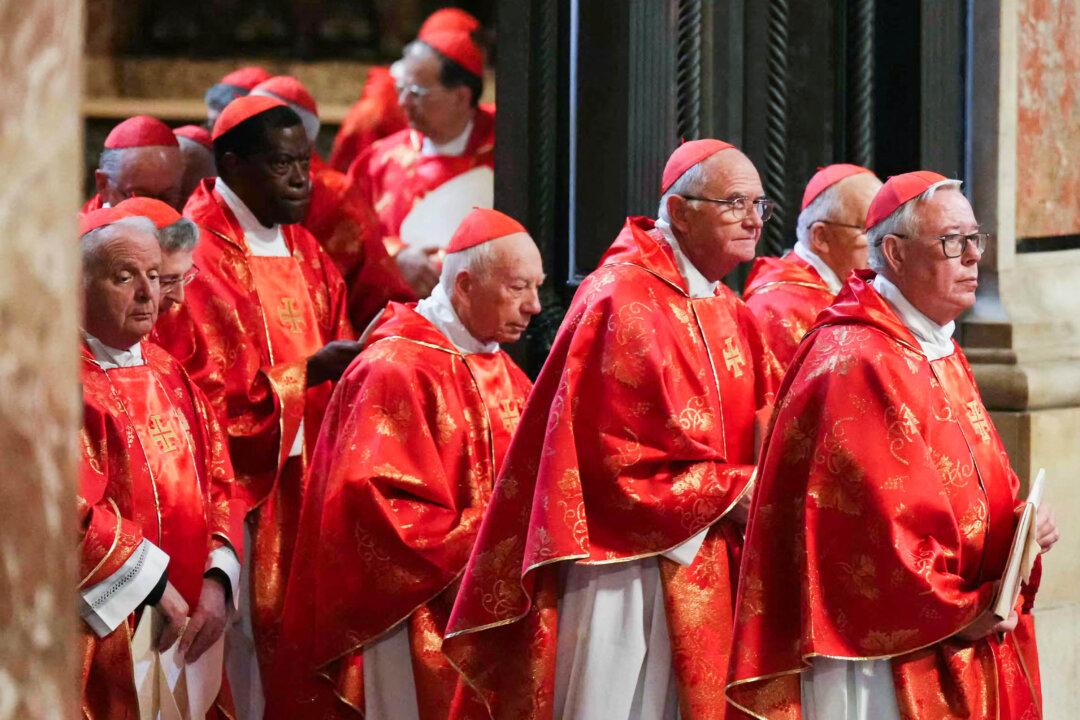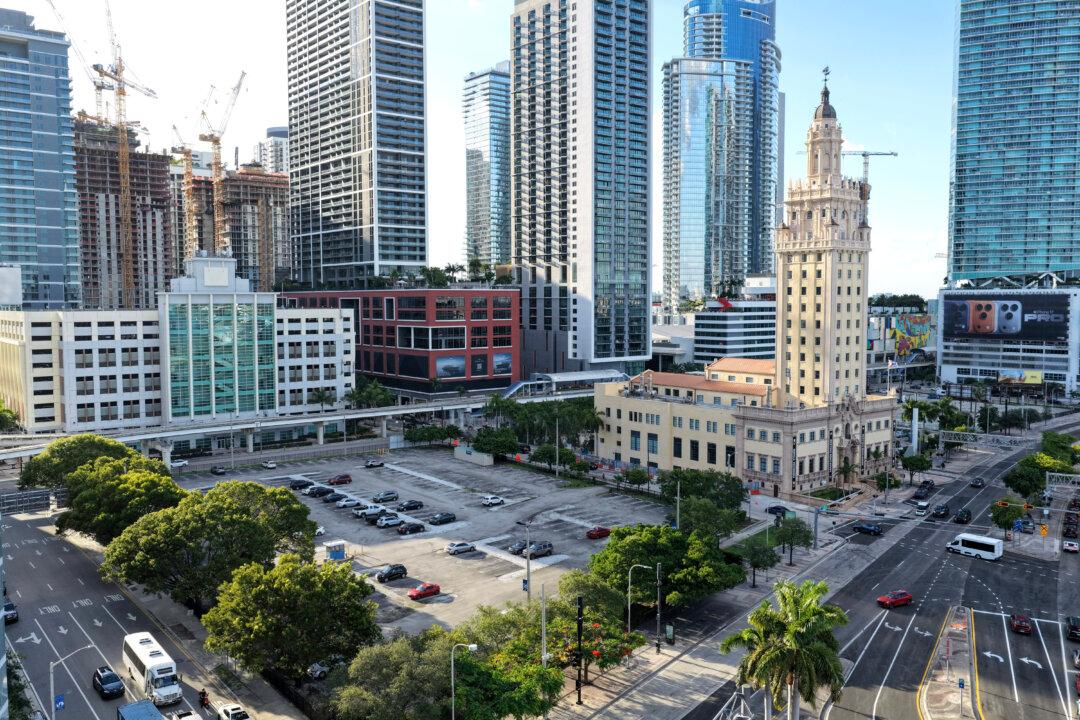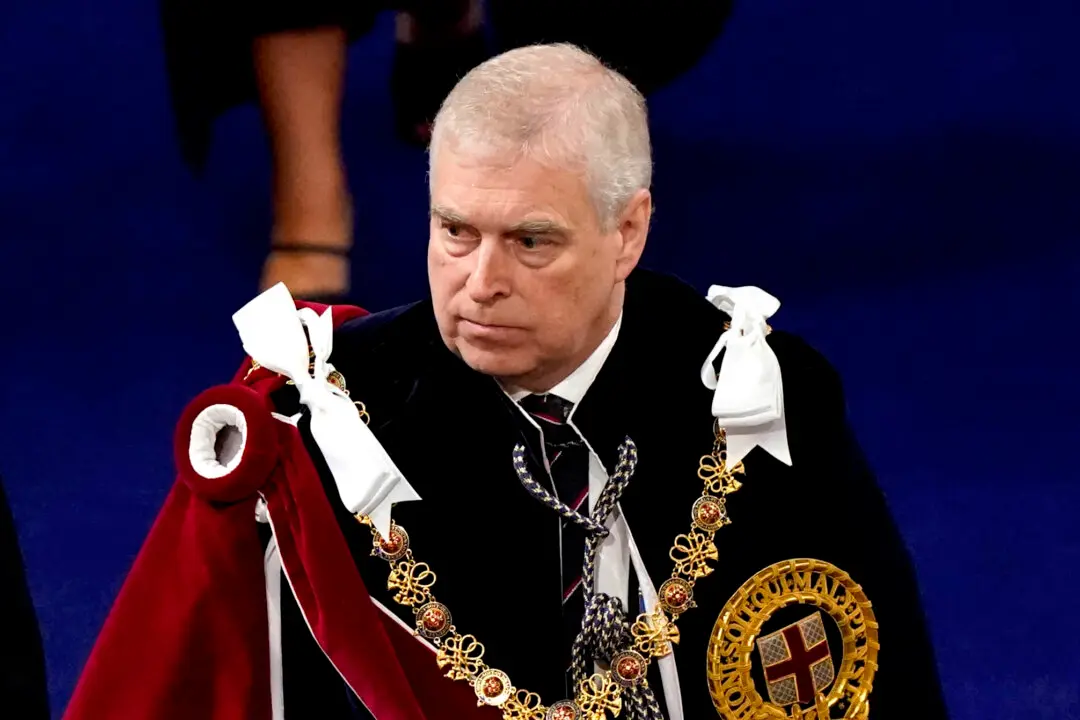The election of the Catholic Church’s next Pope is officially underway as a record-setting 133 voting cardinals from all over the world took an oath of secrecy and were locked in the Sistine Chapel on the evening of May 7.
Roughly three hours later, black smoke emanated from the chimney atop the Sistine Chapel, notifying the tens of thousands of faithful gathering in St. Peter’s Square that the first vote had been cast but had failed to reach the necessary consensus.





